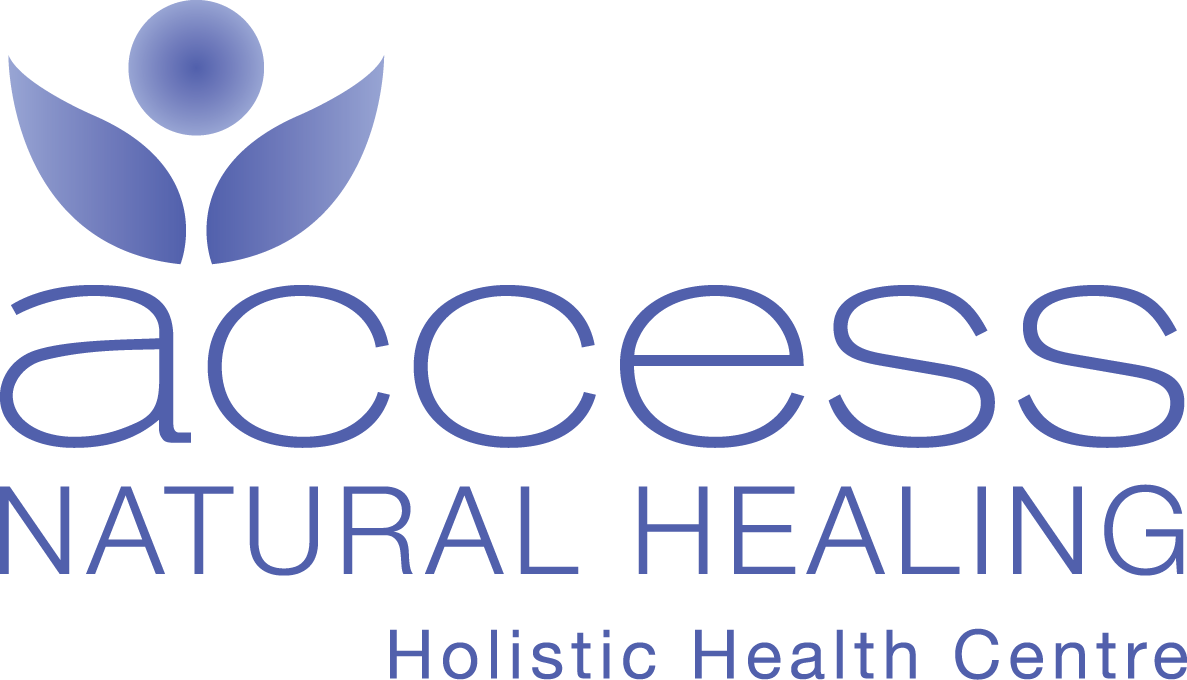Homeopathy as an alternative to antibiotics in diarrhoea in piglets
/In the organic livestock sector antibiotics are preferably replaced by complementary or alternative medicines (CAM), of which homeopathy is the most frequently applied. Homeopathic treatment has significant benefits since there are no residues of homeopathic medicines in animal products, nor does homeopathy generate resistant microorganisms.
The Biological Farming Systems Group at the Wageningen University in the Netherlands recently conducted a research study to investigate if homeopathy might be an alternative to antibiotics in one of the most common illnesses in swine which is neonatal diarrhoea of piglets. This disease leads to weight loss and increased piglet mortality, which has substantial economic consequences. Conventional treatments of Escherichia coli (E. coli) diarrhoea is administration of antibiotics to affected piglets, or preventive vaccination of the sows.
To investigate if E. coli diarrhoea in neonatal piglets could be prevented by homeopathy, the researchers set up a randomised, observer blind and placebo-controlled trial. On a commercial pig farm 52 sows of different parities, in their last month of gestation, were treated twice a week with either the homeopathic agent Coli 30K or placebo. The 525 piglets born from these sows were scored for occurrence and duration of diarrhoea.
Piglets of the homeopathic treated group had significantly less E. coli diarrhoea than piglets in the placebo group (P < .0001). Especially piglets from first parity sows gave a good response to treatment with Coli 30K. The diarrhoea seemed to be less severe in the homeopathically treated litters, there was less transmission and duration appeared shorter.
Advantages at farm level are application of the treatment by the farmer and cost reduction. These advantages and the positive results from this study make the homeopathic agent Coli 30K an attractive potential alternative in the prevention of E. coli diarrhoea. This study also suggests that homeopathic treatment in livestock may help the European citizen be protected from pharmacological residues in animal products and thus reduce the problem of antibiotic resistance.
Reference Camerlink I, Ellinger L, Bakker EJ, Lantinga EA (2010). Homeopathy as replacement to antibiotics in the case of Escherichia coli diarrhoea in neonatal piglets. Homeopathy, 99; 57–62.
PubMed abstract can be found here, full article here: http://www.homeopathyeurope.org/media/news/homeopathy-as-an-alternative-to-antibiotics-in-diarrhoea-in-piglets
Your Wellness Team at
~Access Natural Healing Centre~
604-568-4663
Facebook:
http://www.facebook.com/homeopath#!/AccessNaturalHealing
Twitter:
http://twitter.com/#!/accesshealing
LinkedIn:
http://www.linkedin.com/profile/edit?trk=hb_tab_pro_top
“The information contained in this message is for educational purposes and constitutes a response to a private request for information only and does not constitute a solicitation for services and makes no claim or promise that any product or service that may cure any condition or ailment,”







